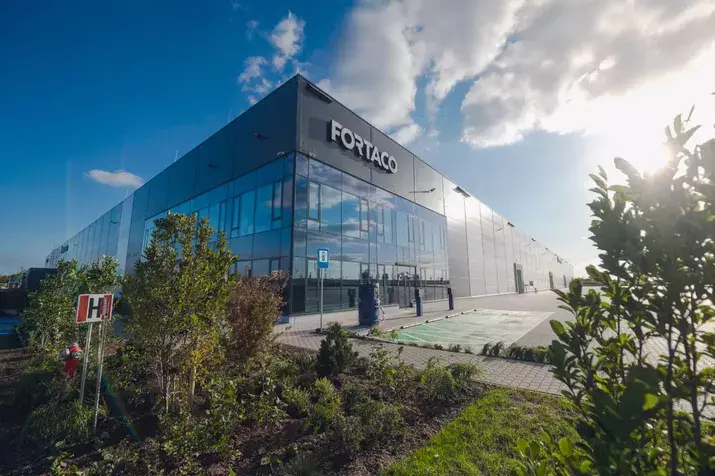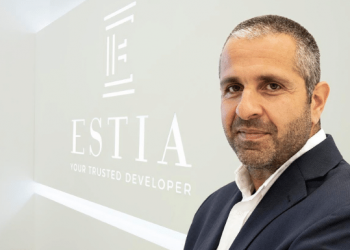Panattoni has completed a production plant for the Fortaco Group in the city of Knurow, near Katowice, in the Silesian Voivodeship of Poland. The new factory, with an area of over 34,000 square meters, will provide jobs for around 200 people and help consolidate Fortaco’s operations while optimizing logistics.
The grand opening of the new Fortaco plant took place on October 3, 2024, with company representatives, local authorities, Fortaco’s business partners, and members of the Panattoni team attending the event. The opening emphasized the importance of the investment for the local community and the regional economy. The Fortaco Group is a prominent European manufacturer of steel structures and welded cabins, supplying products to the machinery and transportation industries.
“For years, Panattoni has recognized the immense potential of Silesia as a region that is transforming from an industrial mining hub into a modern industrial center. The new Fortaco factory proves how significant this region is becoming on Europe’s re-industrialization map,” said Aurelia Rachtan, Associate Development Director at Panattoni. She added, “We are pleased that Fortaco entrusted us with the realization of this project. We hope that this plant will be the beginning of a long-term collaboration.”
“We are grateful for the support of the Knurow City Office, which facilitated the smooth completion of the project, as well as our partner PGNiG for their assistance with technical challenges,” added Rachtan.
The foundation of the plant was reinforced to accommodate specialized machinery, and the building features 38 cranes with lifting capacities of up to 10 tons to support production operations. “The new factory in Knurow allows us to consolidate operations and advance technologically,” said Jaroslaw Szytow, General Manager at Fortaco Group. “Thanks to this investment, we are ready to meet the growing demands of the market while achieving our sustainability goals.”
The facility will undergo BREEAM certification at the Excellent level, demonstrating its high energy efficiency and environmental care. The roof of the hall was reinforced to support a photovoltaic installation. Numerous trees and shrubs were planted on the premises, along with the creation of a flower meadow and a relaxation area featuring small architectural elements. Birdhouses and insect hotels have also been installed to support local biodiversity.






















